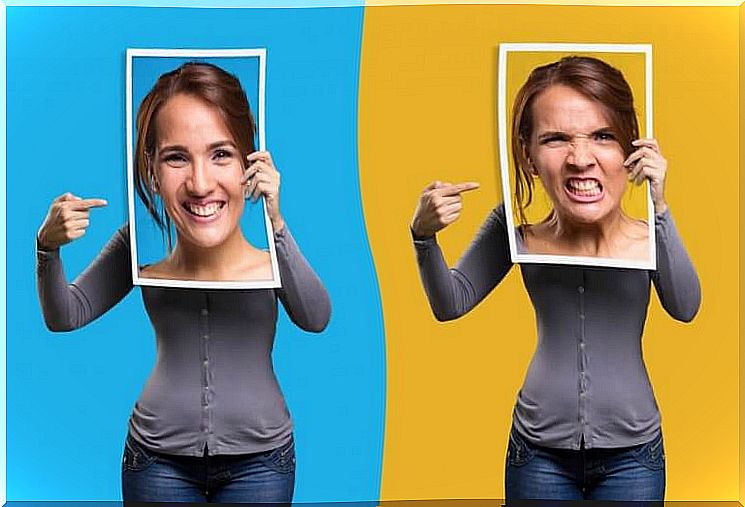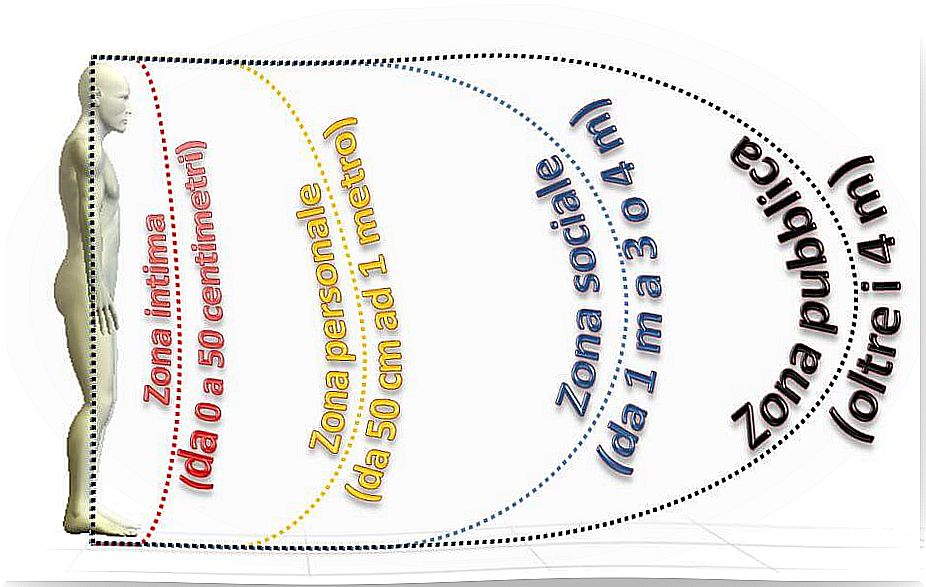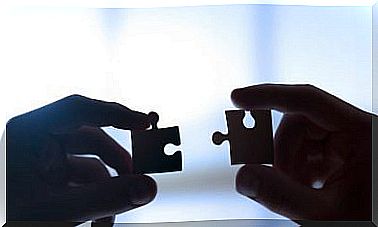Discover Non-verbal Language And Learn To Control It

Studies state that in face-to-face encounters with another person , 60% of the information we transmit occurs through the body. When we are silent, then, the body comes to express 100% of the information.
On the other hand, most of the movements and gestures we make are unconscious – when, for example, we stoop or shrug our shoulders back, we are not doing it under a conscious decision.
We ourselves, in our intent to capture information, we realize how impulsive and out of control this type of language is. For this reason, we tend to rely more on gestures than on the words we hear. It happens to raise an eyebrow when it seems to us that a speech is not consistent with the posture or expression of the other’s face. Do you really think you can convince someone that you liked a movie by showing a disgusted face? No, right?
However, the fact that non-verbal expressions often run through channels extraneous to consciousness does not mean that they cannot be redirected, at least in part. The same happens with breathing: we don’t usually control it, right? And yet, if we set out to do it again, we can succeed in part. The same happens with non-verbal language, it can be partially controlled; through practice, it is possible to become true masters in this sense.

Posture: the frame of the message
An interesting aspect of non-verbal language is that it has the power to reflect what we think, but also to generate change.
For example, studies reveal that people who walk with their backs straight and their gaze fixed on the horizon at a given moment will soon be more convincing and confident if they have to face a speech. In this sense, the way we present ourselves to the world can greatly affect the way we feel and the resulting performance.
Imagine that you have to prepare a presentation, but you are not sure whether to speak standing or sitting. It’s all about non-verbal language and can be controlled with ease. The most obvious answer is that you choose the position that makes you feel most comfortable. Well, if you don’t have any particular preferences, which one to choose? Which one suits you more? If you have to speak in front of a small audience, you will have more benefits from sitting, while in front of a large audience, it is advisable to stand up.
If it wasn’t enough for you to make a decision, think about the fact that standing up will have to be much more expressive than sitting. If you are a very expressive person or if the case calls for it, stand up. If, on the other hand, you are a very quiet person, staying seated will help you project a better image of yourself.
If you have chosen to stand, spread your legs slightly apart to prevent muscle tension from making you feel tired after a few minutes. Do not hang around and shift your balance from one leg to the other – it is better to move a few meters from time to time rather than giving the impression that the ground beneath you is hot. If you convey discomfort, your listeners will be infected with the same feeling.
If you have decided to communicate while sitting, don’t make the mistake of pulling your back back. On the contrary, by leaning slightly forward, the audience will get the impression that you are interested not only in your speech, but also in the audience. Ultimately, such an inclined position could in the long run overwhelm the lungs and make breathing more difficult – hence the importance of pausing frequently.
Gestures: the rhythm of the message
Gestures are usually used to move away or bring the people who listen to us closer. A gesture could be, for example, to take a step back.
Proxemics – part of semiotics dedicated to the study of the organization of space in linguistic communication – reveals how people tend to move on four different types of space based on their level of confidence in the person they are communicating with. Here are listed the four zones:

When we take a step towards a person, we are sending them a signal of trust and interest. On the contrary, moving away implies a sense of detachment. The way we place our palms is also an important source of information.
- Placing the palms up, without squeezing the shoulders, implies an offer signal.
- Placing them upward while shrugging their shoulders expresses surprise.
- When the palms are facing down but the fingers are higher than the wrists, rejection is being expressed. This gesture can also serve to defend oneself or to make the other take a step back.
There is another curious fact about mimicry, which is that when two people having a conversation feel comfortable, one of them – usually the one with the least initiative – will tend to imitate the other’s gestures. If one touches his nose, then, the other could do the same a few moments later. All this is due to mirror neurons, which act from the earliest childhood.
The look: the channel of the message
They say that the eyes are the mirror of the soul and that real sparks emanate from them. During the courtship and conquest phase, it is a phenomenon that affects both lovers in turn, until with the first declarations and the first kisses the looks are transformed into a shared passion that produces telepathic phenomena.
The gaze is also an indicator of sincerity, as well as an indicator of introversion. Introverted and sincere people would find themselves in the middle of a river of conflicting currents. The gaze also indicates attention: let’s not forget that sight is the predominant sense for sighted people.
A shy look, among other things, can not only be the symptom of a lie or a secret, but it can also suggest a sense of shame or protection. In one way or another, those who avoid direct gaze with others do so in an attempt not to use a powerful channel of information. In other words, he doesn’t want to risk transmitting too much information or information contrary to what he says.

In any case, opening this communication channel is a symptom of strength and security. On the other hand, it is also a way of giving value to one’s interlocutors and informing them that they are important to the point of attracting our attention. If, therefore, you try not to use this channel, whatever your reason, we invite you not to do it and to open up, discovering all that can be given and received through the gaze.
Posture, facial expressions and gaze are perhaps the main elements of non-verbal communication. Knowing its secrets and intervening accordingly in a conscious and intelligent manner can give strength to our messages and improve the image we project. Do you want to try?









